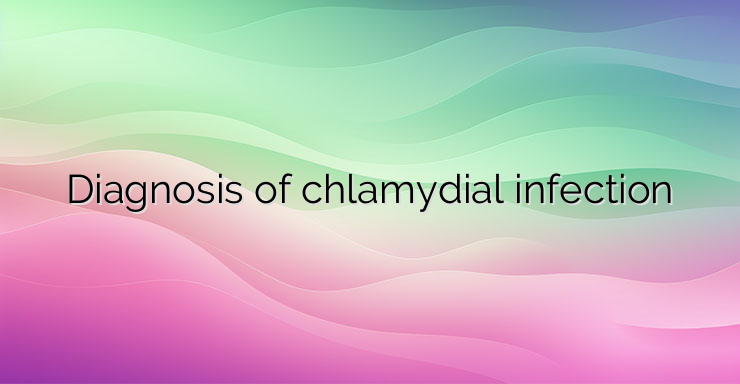In the previous article, I presented the symptoms and proper treatment of chlamydial infection of the female genital tract (see “Genital Chlamydia”). This will be aimed at presenting the possible ways of laboratory diagnosis of the disease. There are two main ones: direct and indirect. Direct diagnosis Used for superficial chlamydial infections such as cervicitis, urethritis, conjunctivitis. Material is taken from the infected mucosa using a swab, brush, or aspiration (for example, from the fallopian tubes). A positive result from the direct diagnosis means that the person is infected and can spread the disease. This necessitates the active antibiotic therapy of the infectious agent and his partner/s. Cytological method: The material taken is examined for the presence of intracellular inclusions, because chlamydia multiplies in the cells of the mucous membranes; Isolation in cell cultures: After an incubation period of about 48-72 hours, the material is stained with iodine and a dark brown coloration is observed in the cells, which is an analogue of infection; Direct immunofluorescence: In general, immunological methods are better for identification of inclusions in infected cells. In the direct immunofluorescence technique, anti-chlamydial antibodies are used, which are linked to a fluorescent substance. Using a fluorescence microscope, the complexes between the antibody and chlamydial antigen (a compound characteristic of the microorganism) are visualized as bright green dots. The method is highly sensitive, specific and quick to perform. Direct immunofluorescence is positive in symptomatic cases but sometimes misses the infection in asymptomatic ones. Immunochemical methods for the detection of antigens in clinical samples: the ELISA method (Enzyme Linked Immunosorbent Assay) is the most frequently used for the detection of the chlamydial lipopolysaccharide antigen. ELISA is good because the result is obtained after a few hours and avoids the subjective factor in the reading, but it is relatively expensive. Kits for the rapid diagnosis of chlamydial infections: They also capture the lipopolysaccharide antigen, but the results are not as reliable as with other diagnostic techniques. Rather, they can be used for screening in genocology offices because they do not require specialized personnel and a laboratory. Methods not used in clinical practice: One of them is Western blot, which separates all proteins of the chlamydial microorganism according to their molecular weight, and then a technique similar to ELISA is used. In addition to antigens, which by their chemical composition are proteins, techniques can be used that look for genetic material from chlamydia. One method detects cold RNA from any type of biological material; i.e. not only from a mucous membrane, but the other – recognizes a specific DNA sequence from the genes of the microorganism. However, these methods are expensive and not applied in clinical practice.NEWS_MORE_BOX Indirect diagnosis It includes all methods that examine the body’s reaction to the infection; i.e. serological methods. They determine the presence and amount of immunoglobulins (antibodies) against the causative agent of the infection. Despite the less certain diagnosis based on serological tests, they are important in proving deep infections such as epididymitis (inflammation of the male genitalia), salpingitis (inflammation of the fallopian tubes), pelvic inflammatory disease or pneumopathy, where it is impossible to take material with tampon without violating the integrity of the body. 1. Complement binding reaction: It detects IgG and IgM serum antibodies directed against chlamydial lipopolysaccharide; In addition to diagnosis, serological methods are important to make a prognosis for recovery. Relatively often, the antibody level does not return to zero after recovery occurs. This is how a “serological mark” is formed, metaphorically speaking, which must be analyzed correctly. Therefore, the diagnosis of chlamydial infection must be made on the basis of a sufficient selection of tests and by a specialist.


Leave a Reply